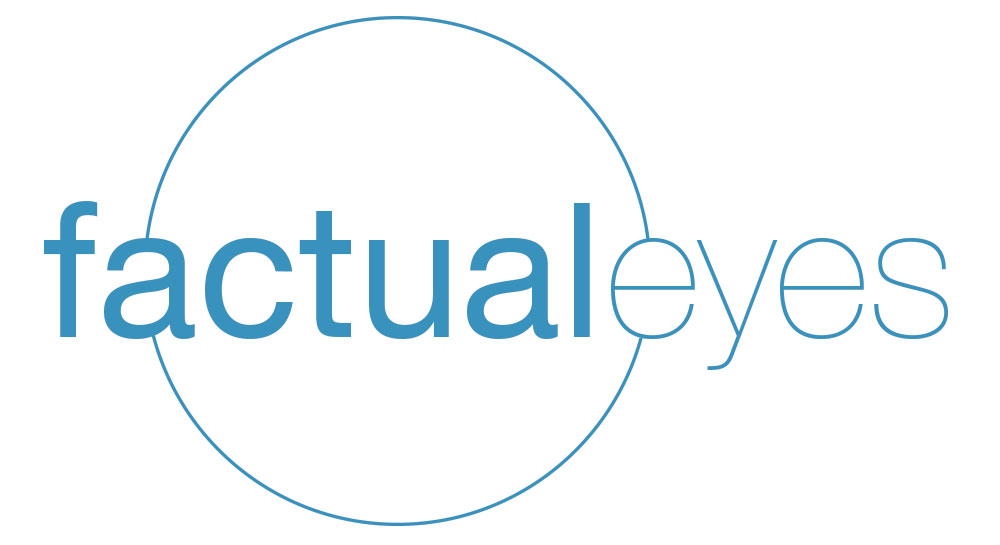The Renaissance of Gene Therapy
/An international cast of Hollywood’s best actors and medicine’s greatest minds gather in Florence this autumn in a surprising fusion of Renaissance science and art.
The city that staged the greatest artistic Renaissance in history sets the scene for an extravagant display of the modern movie industry. Inferno has its US cinematic release today but earlier this month the red carpet was rolled out in Florence for the movie’s world premiere. Dan Brown’s bestselling book, Inferno, inspired by Dante’s famous poem “Divine Comedy,” has been given the full Hollywood treatment.
Tom Hanks plays the protagonist Robert Langdon, a professor of art and symbology, who takes us on a frenetic chase through Florence’s iconic landmarks. Prof Langdon must round-up clues to save humanity from the work of rogue geneticist Bertrand Zobrist. Obsessed with overpopulation, the geneticist has engineered a virus to cull humanity in a death scene reminiscent of Dante’s poem.
Portrait of Dante in Ufizzi Gallery, Florence
Just last week Florence staged a much-anticipated event to celebrate a Renaissance in genetic engineering. Over 1,300 scientists, businessmen and journalists (including me) flew in for the first ever joint international and European congress of cell and gene therapy.
“The Renaissance confronted the old world; it was a time when of great thinkers fused art and science and challenged what was humanly possible, and as scientists that is what we are trying to do today,” Prof Naldini, the Director of the San Raffael Gene Therapy Institute (TIGET) and congress chair, proclaimed in the opening address
Ironically, a virus technology like Zobrist’s, but one used to heal, not harm, is at the forefront of this Renaissance.
For half a century the idea of re-writing the mistakes in our DNA has been more of a blockbuster for Sci-Fi movies than for biotech companies developing cures. The lack of progress has had nothing to do with correcting the faulty genes that caused disease, but rather finding a safe means of delivering these new genes into patients’ cells. As viruses have naturally evolved to do precisely that, highjack our cells and infiltrate them with their harmful genes, they seemed like a good place to start. Experiments in the lab progressed rapidly with scientists painstakingly gutting viruses of their dangerous properties and turning them into DNA delivery vehicles, which they called viral vectors. Unfortunately problems came to light at the worst possible time – when the technology was being tested in patients.
At the turn of the Millennium a common cold virus vector proved to be fatal for an American teenager called Jesse Gelsinger. Instead of the new cells effortlessly integrating into Jesse’s existing cells, his immune system launched a massive attack on these foreign vectors (which they mistook to be an incoming invasion). This death shook the entire industry; trials were halted, funding was withdrawn and scientists went back to the drawing board.
The next viral vector to be popular among scientists was in use for two years before a single problem arose. This time scientists discovered that the vector delivery vehicle was parking itself beside genes that triggered leukaemia. Furthermore, the affected patients were on different trials, for different diseases and in different parts of the world, but the root cause of the problem was the same. The viral vectors went back under the microscope. Slowly but surely the lessons of the past are coming good. Third generation viral vectors are proving to be safe and effective at treating a wide range of conditions including blindness, cancer and genetic diseases.
GENE THERAPY PATIENT HAVING HIS VIRAL VECTOR CORRECTED GENES INFUSED
The Hollywood of the genetics’ world met at last week’s congress titled, Changing the Face of Modern Medicine, to recognise these achievements, advance new technologies and discuss a safe and ethical path of progression.
These top scientists are genuinely concerned that in the wrong hands genetic engineering could be used for bioterrorism as depicted in Inferno, but by far their biggest concern is that consumer demands creates an insatiable market for enhanced human traits.








